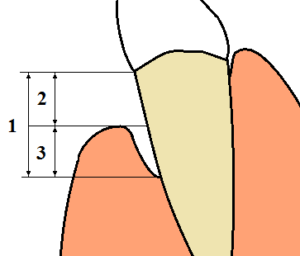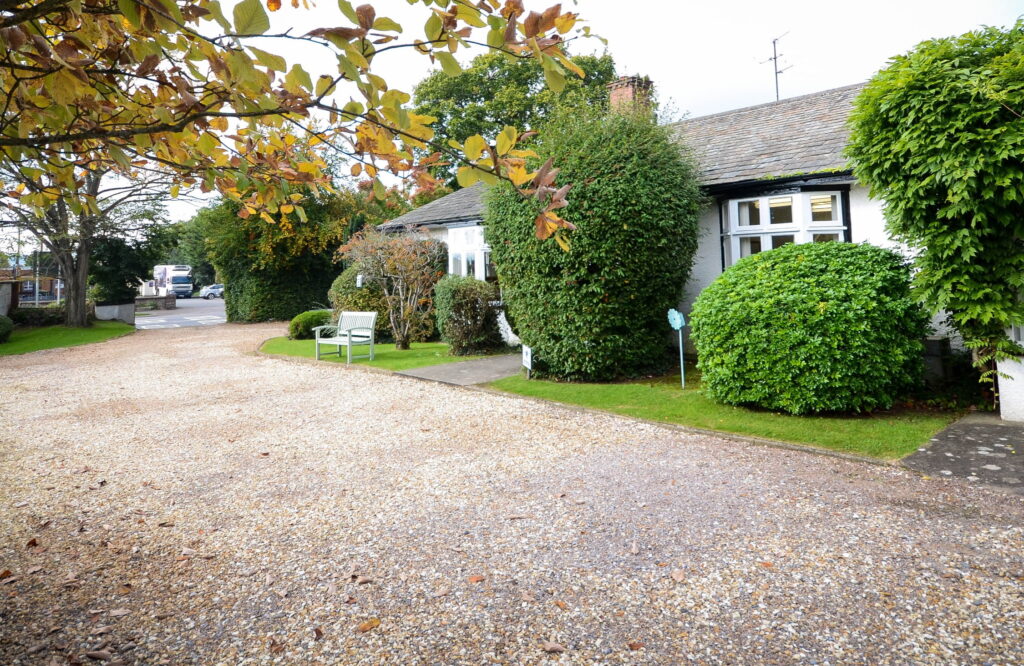The surgery is a treatment for any gum disease which remains after your dentist and/or hygienist have cleaned your teeth. Over time your gums can become irritated by plaque leading to gum disease which can eventually destroy gum and bone around your teeth.
Prior to having periodontal surgery, you may already have had some form of treatment for gum disease in order to keep the basic symptoms under control. This may have included, but is not limited to dental hygiene treatments, advice on how to clean your teeth, scaling and polishing which includes removal of plaque/tartar and polishing of the teeth.
There are two primary alternatives:
This may sometimes be an acceptable alternative, you will however want to consider strongly how you might want to replace these extracted teeth using either adventure, bridge or dental implant.
This is always an alternative to any treatment however it is not always advised. If you have been recommended for periodontal surgery then you will probably have already had provisional scaling and polishing undertaken. If the gum diseases not brought under control it can continue to worsen and damage the bone and gums even more.
Pocket Reduction
Pockets referred to areas around your teeth where the gum is not attached is the towards the root of the tooth as it should be.
This creates a deep fold or pocket which can become infected.
Pocket reduction involves folding back the soft tissue to remove any infected areas and then smoothing out any areas of damaged bone allowing the gum to reattach itself and therefore remove the pocket.

1 – Total loss of attachment is the sum of
2 – Gingival recession, and
3 – Probing depth
Gum Grafts
Sometimes the gum can resorb around the tooth exposing a large amount of tooth root, because the root of the tooth (The part which is usually embedded in the bone) is not as hard wearing as the enamel (The part you see) acid attack can happen very quickly. Gum grafts can be used to rebuild lost gum tissue thereby protecting the softer root and reducing sensitivity.
Bone Regeneration
If gum disease has been left to progress it can result in bone loss. Ultimately this can then lead to tooth loss. In bone regeneration the dentist will uncover the infected area, remove any infected bone and gum and then replace the lost bone, usually the lost bone is replaced with a grafting material which has to see stimulating proteins to help your body effectively regrow the bone.
Root Planing
This is sometimes called deep cleaning or a deep scaling. If you have dental pockets around your teeth where the gum is not attached to the tooth then this can harbour bacteria and plaque/tartar can build up. Root planing involves the removal of this buildup layer to encourage reattachment of the gum to your teeth. The Journal of Evidence-based Dental Practice suggests that this is one of the most preferred options to help treat periodontal disease and to therefore maintain fit and healthy gums.
Back to Treatments“I cannot thank you enough for my experience, I phoned as a non registered patient in need of an emergency appointment and as a very…”
“Thank you Dapo and your dream team ❤🥰❤ I feel like I've been absolutely pampered with my recent treatments....and who would have ever thought that…”
“I just wanted to thank you again for how well you all treated my mum yesterday. She was very nervous but you were so kind…”
“Really great!!”
“I couldn’t stop looking at my teeth on the way home, you’ve done an amazing job - thank you so so much, you’re the BEST!!”


Teeth straightening is a minimally invasive and affordable treatment.
Learn more
• Step free access
• Wheelchair access
• Car parking
• Disabled parking


